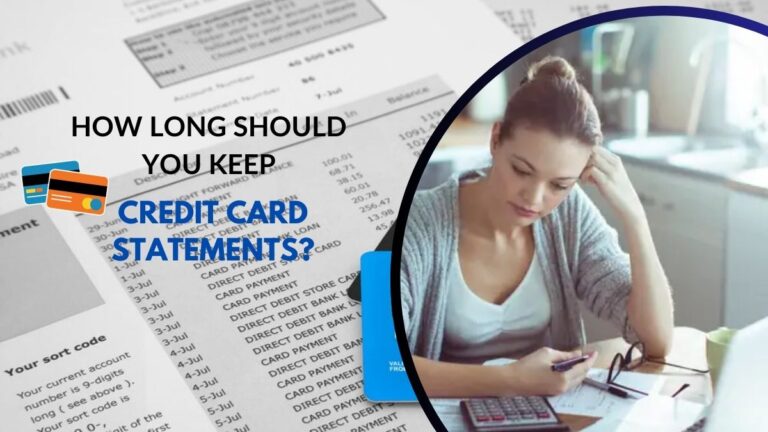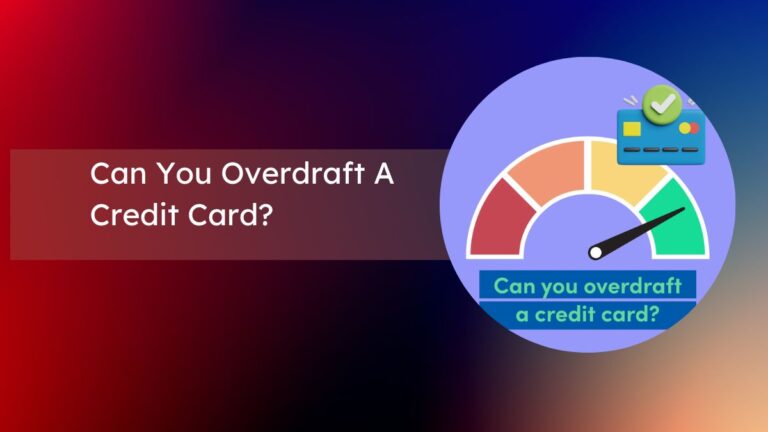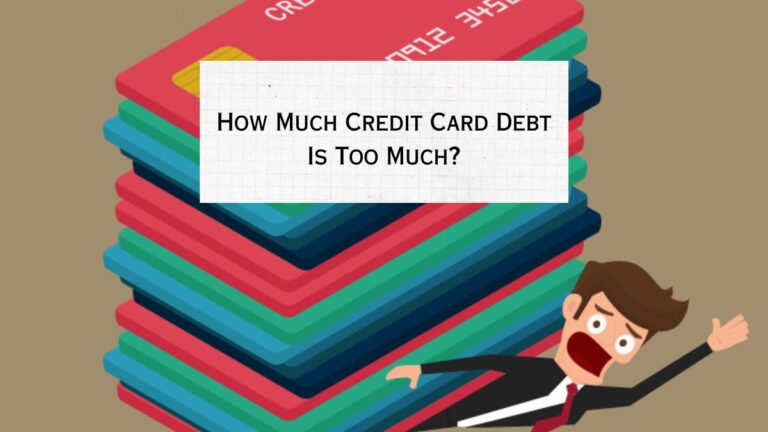How Do Credit Card Companies Make Money?
Unlocking the mysteries behind credit card companies’ seemingly endless profits may seem like a daunting task. After all, how do they manage to rake in so much money while offering us the convenience of plastic payment? It’s a question that many of us have pondered, and today, we’re delving into the inner workings of these financial giants.
In this blog post, we’ll uncover the secret to how credit card companies make their money and explore the different types of cards available. So buckle up and prepare for an enlightening journey through the world of credit card economics!
How do credit card companies make money?
- Credit card companies may seem like benevolent entities, offering us the convenience of cashless transactions. However, behind the scenes, they are profit-driven machines. So how exactly do they make money?
- One primary source of revenue for credit card companies is through transaction fees. Every time you swipe your card or make an online purchase, a small percentage of that transaction goes to the credit card company. These fees can quickly add up when millions of people are using their cards every day.
- Another way credit card companies generate income is through annual fees. Some premium cards charge an annual fee in exchange for perks such as travel rewards or exclusive benefits. While not all cards have these fees, those that do provide an additional stream of revenue for the company.
- Interest charges form a significant portion of credit card companies’ earnings. When you carry a balance on your credit card and don’t pay it off in full each month, you accrue interest charges based on your outstanding balance and interest rate. The higher your balance and interest rate, the more money the credit card company makes from these charges.
- Credit cards also allow lenders to earn money through late payment fees and penalties imposed on customers who miss their due dates or exceed their credit limits. These penalties act as deterrents to encourage responsible borrowing but also contribute to the overall profitability of the company.
- Partnerships with merchants play a role in generating revenue for credit card issuers. Merchants pay interchange fees whenever they accept payments via certain types of cards. This mutually beneficial relationship allows both parties to benefit financially from each transaction.
How do credit card companies charge interest?
- Credit card companies charge interest on the balances that cardholders carry from month to month. This interest is typically referred to as an Annual Percentage Rate (APR). The APR represents the cost of borrowing money and can vary depending on factors such as the individual’s creditworthiness and the type of credit card.
- When a customer makes a purchase using their credit card, they essentially borrow money from the issuing company. If they pay off their balance in full by the due date, no interest is charged. However, if they carry a balance beyond the grace period, interest starts accumulating.
- The interest charged is calculated based on the average daily balance during each billing cycle. Credit card companies use various methods to determine this average balance, such as multiplying the daily balances by their corresponding number of days in that billing cycle.
- The amount of interest applied to a customer’s account depends on both their outstanding balance and applicable APR. Generally, higher balances and higher APRs result in more significant amounts of accrued interest over time.
- It’s important for consumers to be aware of how credit card companies charge interest so they can make informed decisions about managing their debt effectively. By understanding these mechanisms, individuals can take steps towards minimizing unnecessary charges and avoiding unnecessary financial strain
What are the different types of credit cards?
When it comes to credit cards, there is no shortage of options available in the market. Each type of credit card caters to different needs and preferences, providing consumers with a range of choices. Let’s explore some of the most common types of credit cards.
- Rewards Credit Cards: These are popular among those who want to earn rewards for their spending. With these cards, you can accumulate points or cashback that can be redeemed for various benefits like travel, merchandise, or statement credits.
- Cashback Credit Cards: As the name suggests, these cards offer a percentage back on eligible purchases in the form of cash rewards. They are straightforward and allow you to save money on everyday expenses.
- Travel Credit Cards: If you’re a frequent traveler, these cards can be your best companion. They often come with perks like airline miles, airport lounge access, hotel discounts, and travel insurance coverage.
- Balance Transfer Credit Cards: Designed for individuals looking to consolidate their debts from multiple high-interest credit cards into one lower-interest rate card.
- Student Credit Cards: Specifically tailored for students who may have limited or no credit history yet but still need access to funds for educational expenses and building credit.
- Secured Credit Cards: Ideal option if you have a poor or limited credit history as they require a security deposit upfront which acts as collateral against any default payments
Remember that each type has its own terms and conditions regarding interest rates, fees, and eligibility requirements—so choose wisely based on your financial goals and lifestyle.
What are the pros and cons of using a credit card?
Pros and Cons of Using a Credit Card
- Using a credit card can be both convenient and risky. It offers several benefits, but also comes with potential drawbacks that you need to consider.
- One advantage of using a credit card is the ability to make purchases without carrying cash. This can be particularly useful when making large or online transactions. Additionally, most credit cards offer rewards programs that allow you to earn points or cash back on your purchases, which can be redeemed for various perks such as travel discounts or gift cards.
- Another benefit of using a credit card is building your credit history. By using your card responsibly and making timely payments, you can establish a positive credit record. This will come in handy when applying for loans or mortgages in the future, as lenders often look at your credit score to determine your eligibility.
- However, there are also downsides to using a credit card. One major disadvantage is the temptation to overspend beyond your means. Having easy access to borrowed money may lead some individuals into debt if they are not disciplined with their spending habits.
- Additionally, if you fail to pay off your balance in full each month, interest charges will accrue on the remaining amount owed. These interest rates tend to be higher than other types of loans and can quickly add up over time if not managed properly.
Conclusion
Understanding how credit card companies make money is essential for responsible usage of these financial tools. By being aware of the costs associated with using a credit card and utilizing them wisely within your means, you can take advantage of their benefits while avoiding excessive debt or unnecessary fees. Remember to always read the terms and conditions carefully before applying for a new card and strive for responsible financial management when using your plastic friend!






